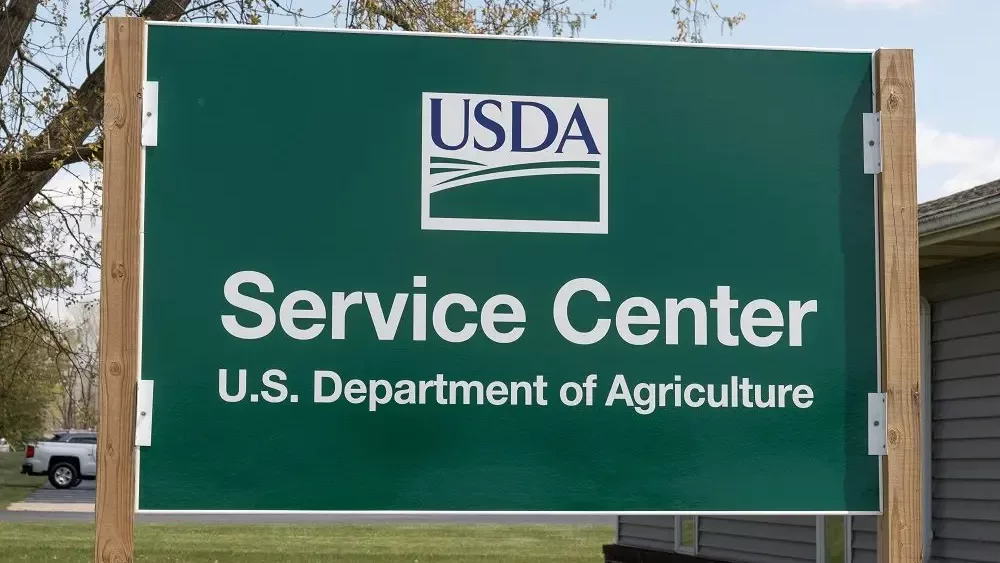Even though pork processing plants are back up and running at full capacity, there’s still a backlog of pigs waiting to be processed.
Due to the COVID disruptions, Mary Kelpinski, CEO of the Michigan Pork Producers Association, said the the U.S. pork industry is set to lose more than $5 billion this year.
“Instead of having that $10 a pig profit, we’re looking at some big losses,” said Kelpinski. “That’s very hard on our industry.”
The hog industry has been in an expansion mode since before COVID. 2020 was starting out strong between large domestic demand and opportunities with exports with new trade deals.
“We’ve seen a lot of capital investment over the last five years, and that really maintained that inertia to where we were coming into the COVID situation and in that expansionary phase,” said Dr. Lee Schulz, associate professor in the Department of Economics at Iowa State University.
According to USDA’s Quarterly Hogs and Pigs Report that was published in June, inventory as of June 1 was just shy of 80 million head. That was an increase of 5 percent from the same time last year and 3 percent higher from the previous quarter.
But based on the financial losses, will the industry start to contract?
“Production levels can’t really turn on a dime,” said Schulz. “It’s twofold: we did see a small reduction in the breeding herd, and we made such investments in facilities that it makes sense to maintain those facilities at full operation levels.”
With the large volume and the industry set to lose billions of dollars, Kelpinski added that farmers are shipping off more sows.
“We’re seeing a lot more sows going to market,” she said. “Those numbers are extremely high compared to where they usually are, so that’s an indication that farmers are contracting some.”
Based on the futures market, Schulz said that is indicating there will be a price rebound and some producers will be holding onto their sows. That, coupled with increased productivity, might slow contraction.
“All of those factors collectively say we’re not going to see a large reduction in hog inventories, at least as the conditions dictate right now,” he said.
China and other countries are still continuing to buy U.S. pork, said Kelpinski. Schulz added that there are a lot of emerging markets that can still prop up the U.S. market despite trade tensions or disruptions in global economies.
“That doesn’t say we have to not continue to nurture those relationships and continue to work towards freer trade and knock down some of those trade barriers,” said Schulz. “I think that provides a much better situation than maybe we were in even a couple of years ago, and certainly decades ago.”
Given the current climate, Schulz said the next six to 12 months will dictate the trajectory of pork inventories going forward. However, both Schulz and Kelpinki said given trade situations and COVID, there are a lot of uncertainties right now.






